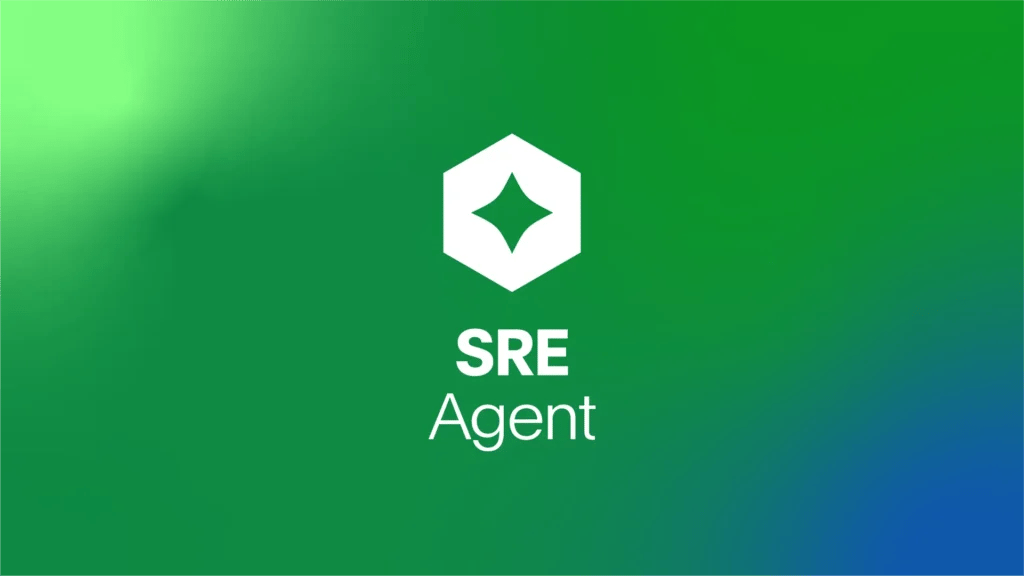Three Teams That Can Use AIOps to Work Smarter, Not Harder
There isn’t a boardroom today that isn’t asking what AI and generative AI in application can help drive efficiency and accelerate their business. For organizations looking to capitalize on ML and automation to improve their efficiency during incidents, AIOps is a tangible, proven application thatproves to be an exciting opportunity for ITOps teams.
As we’ve seen across market landscape evaluations, there are a number of ways that solutions can be implemented. Despite this, the problems AIOps solutions aim to address remain fairly consistent: fewer incidents and faster resolution. But which teams can stand to benefit from this powerful technology and how will AIOps help them achieve their desired business outcomes?
Understanding how different teams can implement best practices to see a reduction in MTTR, total incidents, and time to adopt automation will help ensure that each team is taking value from your investment. Here are three teams that stand out as having much to gain from leveraging AIOps: Network Operation Center (NOC) teams, Major Incident Management (MIM) teams, and distributed service owning teams. Let’s cover each.
NOC teams
If you have a NOC, it acts as your central nervous system. You may also be in the middle of undertaking modernization efforts to reduce both cost and risk.
Many of our NOC customers tell us about challenges such as:
- Eyes-on-glass operational style causes incidents to go undetected
- Catch and dispatch means too many escalations to SMEs or routing incidents to the wrong team
- Manual work drives up MTTR
- L1/L2 teams experience high turnover and blame culture is common
To move beyond this, organizations can create L0 automation. This is automation that serves as the first responder, only bringing in humans when necessary. For well-understood, well-documented issues, L0 automation can auto-remediate incidents without a responder intervening. But for other more complex issues that require a hands-on approach, NOC teams can create L0 automation that immediately pulls in diagnostic information before the responder looks at an incident, routes incidents intelligently according to event data, and populates the incident notes with pertinent documentation and runbooks.
PagerDuty AIOps helps NOCs modernize and move away from eyes-on-glass methods. These NOCs are a center of excellence within their organizations, spearheading data-driven optimization, enabling best practices, and ensuring incident readiness.
MIM teams
When critical, customer impacting incidents happen, you don’t have time to waste. But, with complexity and noise on the rise, how do Major Incident Management teams improve to meet growing customer expectations?
We see MIM teams with common challenges such as:
- Finding out about major incidents from overwhelming customers/users calling in or delayed team escalations
- Lack of context as initial triage takes too long to assess severity and business impact
- Long MTTR waiting for the right people, the right diagnostics, the right runbooks, etc
- Disjointed tooling leading to communication barriers for responders and corresponding teams
MIM teams can overcome these challenges with a variety of automation and ML tactics. First, organizations can create automation that immediately routes high priority or severity incidents to a MIM team and tags in the appropriate teams needed via incident workflows. Additionally, ML can gather key context such as how rare an incident like this is, if it happened before and how it was resolved, and change events that might be correlated to the failure.
PagerDuty AIOps helps MIM teams detect major incidents faster, improve MTTR and customer experience, and save SMEs time. This reduces the cost of each incident and mitigates risk.
Distributed service owning teams
DevOps and distributed service owning teams are under more pressure than ever to deliver exceptional customer experiences. But with competing priorities and fewer resources, this is easier said than done.
Many of our customers share challenges they are facing such as:
- Disparate monitoring tools with no central pane of glass
- Too much noise leading to incorrect escalations and false incidents
- Lack of context and information silos
- Toil and time taken away from value-add initiatives
For service owning teams looking to overcome these challenges, an AIOps tool that can aggregate data from all the monitoring sources in the technical ecosystem can help bring clarity to incident response. Additionally, with ML, teams can reduce noise by automatically grouping together alerts based on context, time, and previous event data that the model has trained on. With this and the ML-surfaced triage information, incident response is streamlined so teams can get back to innovating faster.
PagerDuty AIOps helps service owning teams spend less time firefighting, reduce MTTR, and create exceptional customer experiences. This improves culture and team retention while increasing revenue for the entire organization.
Ready to get started?
With PagerDuty AIOps, teams like the ones we looked at see 91% fewer incidents, 14% faster MTTR, and 9x faster automation adoption. This helps organizations move faster, focus on the work that matters most to customers, and reduces risk and team burnout. Best of all, teams from dev to IT can see value from PagerDuty AIOps.
PagerDuty AIOps works in conjunction with the rest of the PagerDuty Operations Cloud to help organizations manage their operations by leveraging AI and automation to supercharge their digital transformation. With over 700 integrations, GenAI capabilities, and end-to-end event-driven automation, PagerDuty gives customers a 400% ROI and the right tools to leapfrog the competition.
To try PagerDuty AIOps out yourself, you can take an interactive product tour or try us for free for 14 days.


